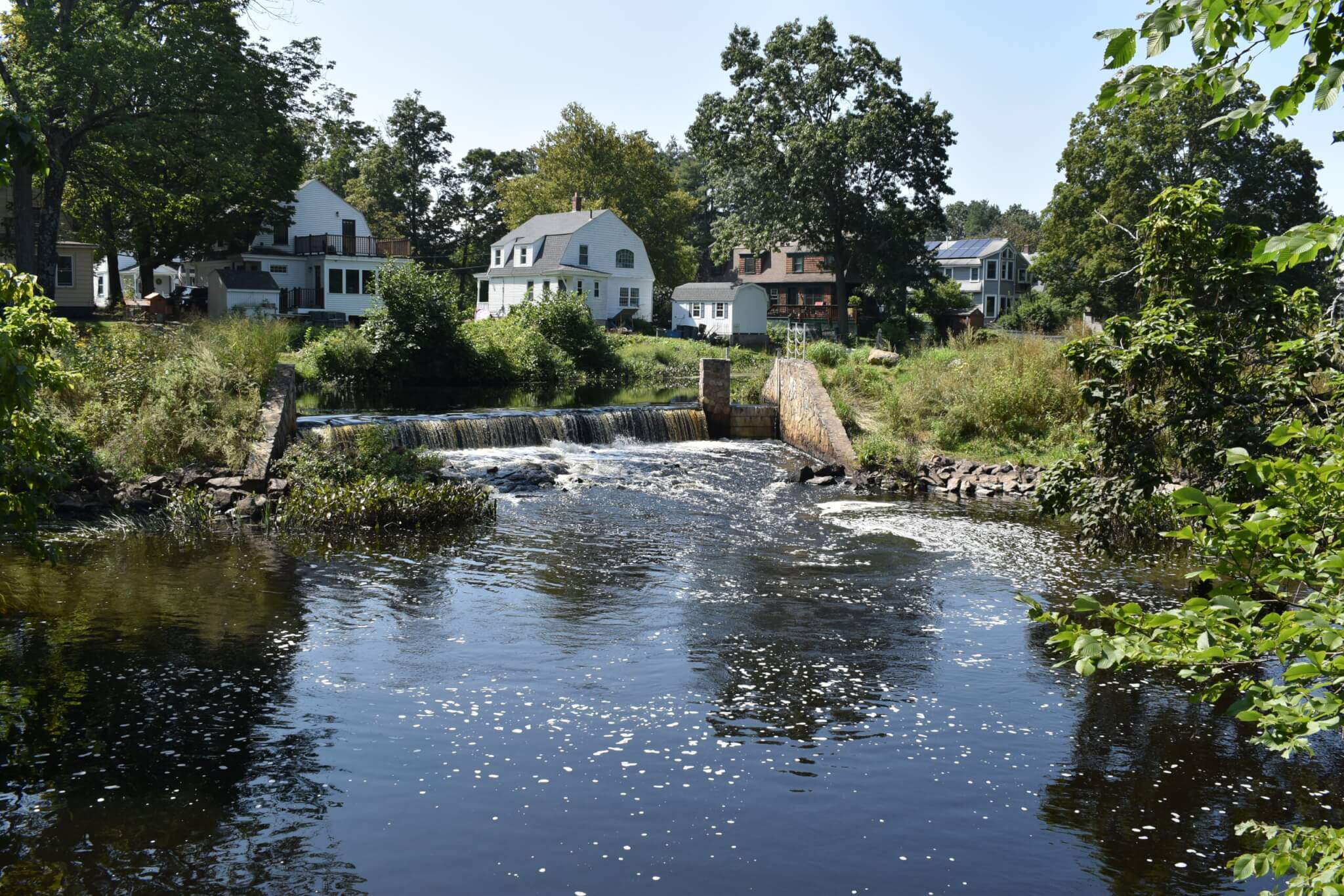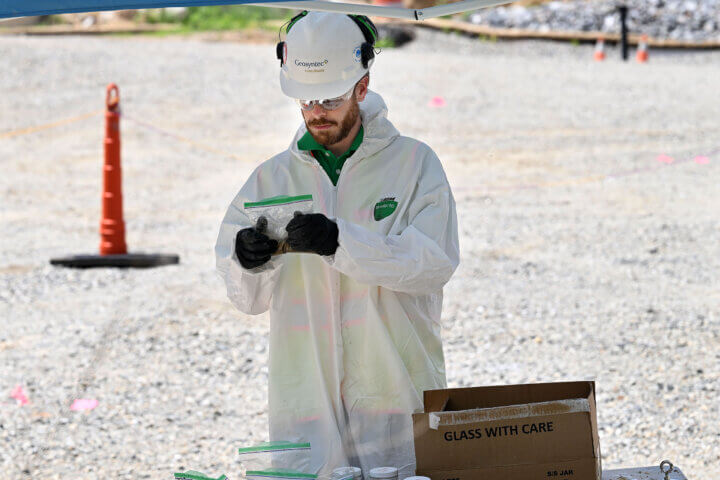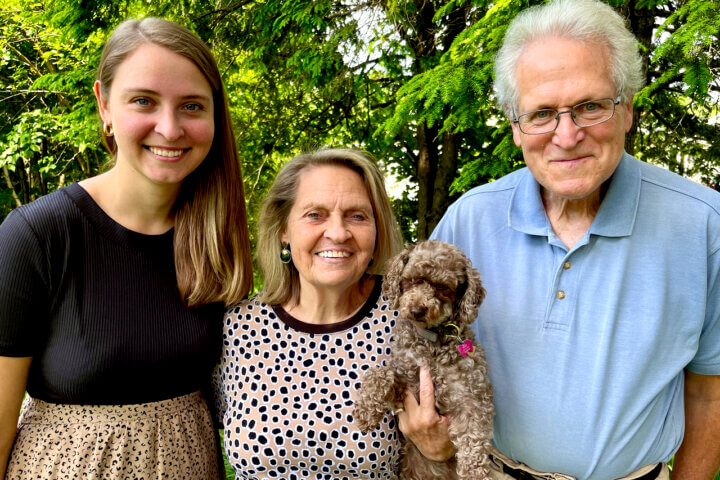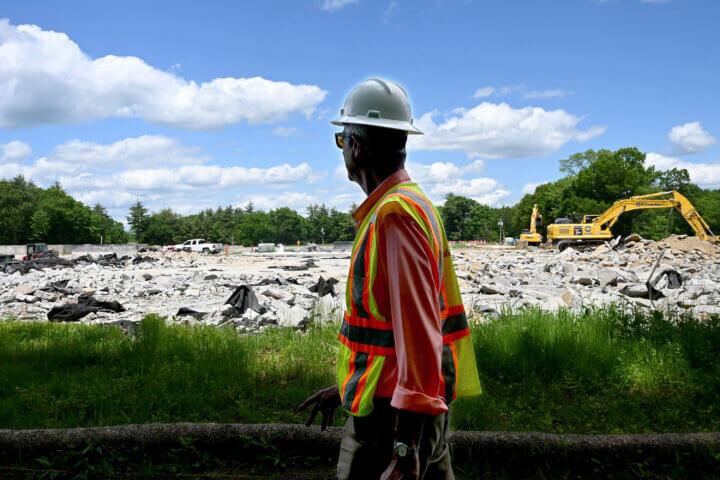With a goal of improving ecological health and enhancing recreational opportunities in Warner’s Pond, the town is looking at different options.
“We really don’t want to leave any stone unturned,” said Delia Kaye, Concord’s natural resources director.
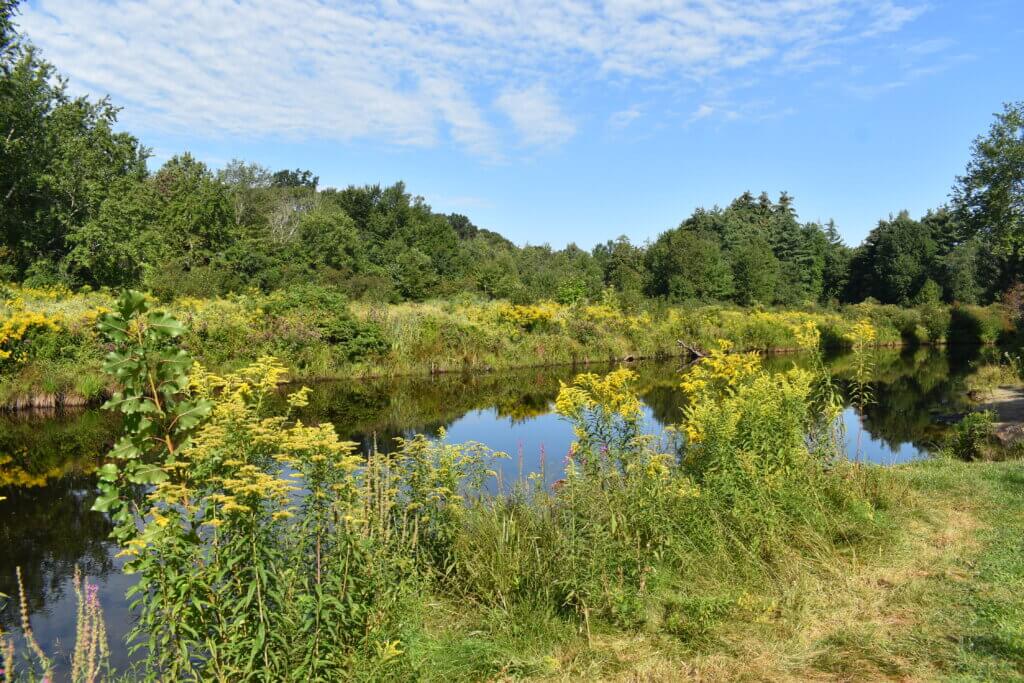
The pond is “in an advanced state of eutrophication which has resulted in a number of undesirable conditions including decreased water depths, widespread growths of aquatic invasive plants, and impaired recreational opportunities,” according to the town website.
The condition is caused by an excess of nutrients in the water, often coming from fertilizer, manure, human waste and other pollutants.
A report prepared for the town by EA Engineering Science and Technology, Inc. and presented in May compared costs, benefits and negative effects for three alternatives: dredging the pond at an estimated cost between $3.1 and $4 million; removing the dam, which could cost up to $3.3 million and be partially covered by grants; or doing nothing, which would have no immediate costs but could mean up to $1 million spent on dam inspection and maintenance over 50 years.
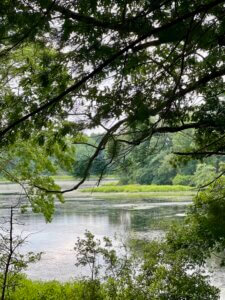
Of the three studied alternatives, only dam removal will reach nine defined goals, including enhancing the environment, recreational opportunities, enhancing climate resilience and minimizing long-term operation and maintenance costs, the report found.
But community members are stepping forward, wanting more time to identify and study alternatives to removing the dam.
The first time he heard that the town was looking at dam removal was in March, with the final report coming in May, said Matt Kaiser who is a key member of the Friends of Warner’s Pond, a new Facebook group that sometimes meets at sunset in Gerow Park to discuss the pond.
The tight timeframe did not leave enough time to organize the community and study the solutions.
Some want to keep the pond, rather than have the area turn into a wetland meadow with a five-acre pond, which is the most likely scenario if the dam is removed.
A pond has been there since the 1700s and “animals have become accustomed to it being a certain way,” Kaiser said. The birdwatcher has spotted pied-billed grebes, a water bird listed as an endangered species by the Massachusetts Division of Fisheries and Wildlife.
He emphasized the historic value of the pond. It has been a part of West Concord life since it was built, providing recreational opportunities for working families, scouting groups and even prisoners.
Even now, when the ice is thick, the pond hosts hockey games and skating. Fishing and boating are favorite activities, he said.
With four access areas to the pond and Gerow Park almost completed, the pond can again be a part of Concord’s life, Kaiser said, and echoed Kaye’s sentiments, “We want to make sure there are no stones we’re not turning over.”
The town will continue to evaluate alternatives, Kaye said. A new consultant comes onboard in early September who will look at a preliminary design for dam removal and continue public outreach and engagement.
John Coleman, a retired U.S. Geological Survey hydrologist with a doctorate in water chemistry from the University of Wisconsin, presented another alternative, based on dredging the pond.
Leave the dam, reroute the brook and create berms with the dredge spoils, allowing a 35-acre, groundwater-fed pond to form over an existing deep spot, he suggested.
Not only would that be less expensive than trucking the muck out, this alternative will result in a cleaner pond, he said. If the stream is not rerouted, the remaining five-acre pond will be a nasty mess and still need costly maintenance because the nutrient load causing excess growth is so high from the stream.
He and Anna Feldweg, who co-authored slides presented to Kaye, identified several of these “side-channel” ponds that have been created in the U.S. and France.
The Friends group wants to hit pause on the town’s plan to bring a vote on removing the dam to the spring 2024 Town Meeting. “We need more time,” Kaiser said.


